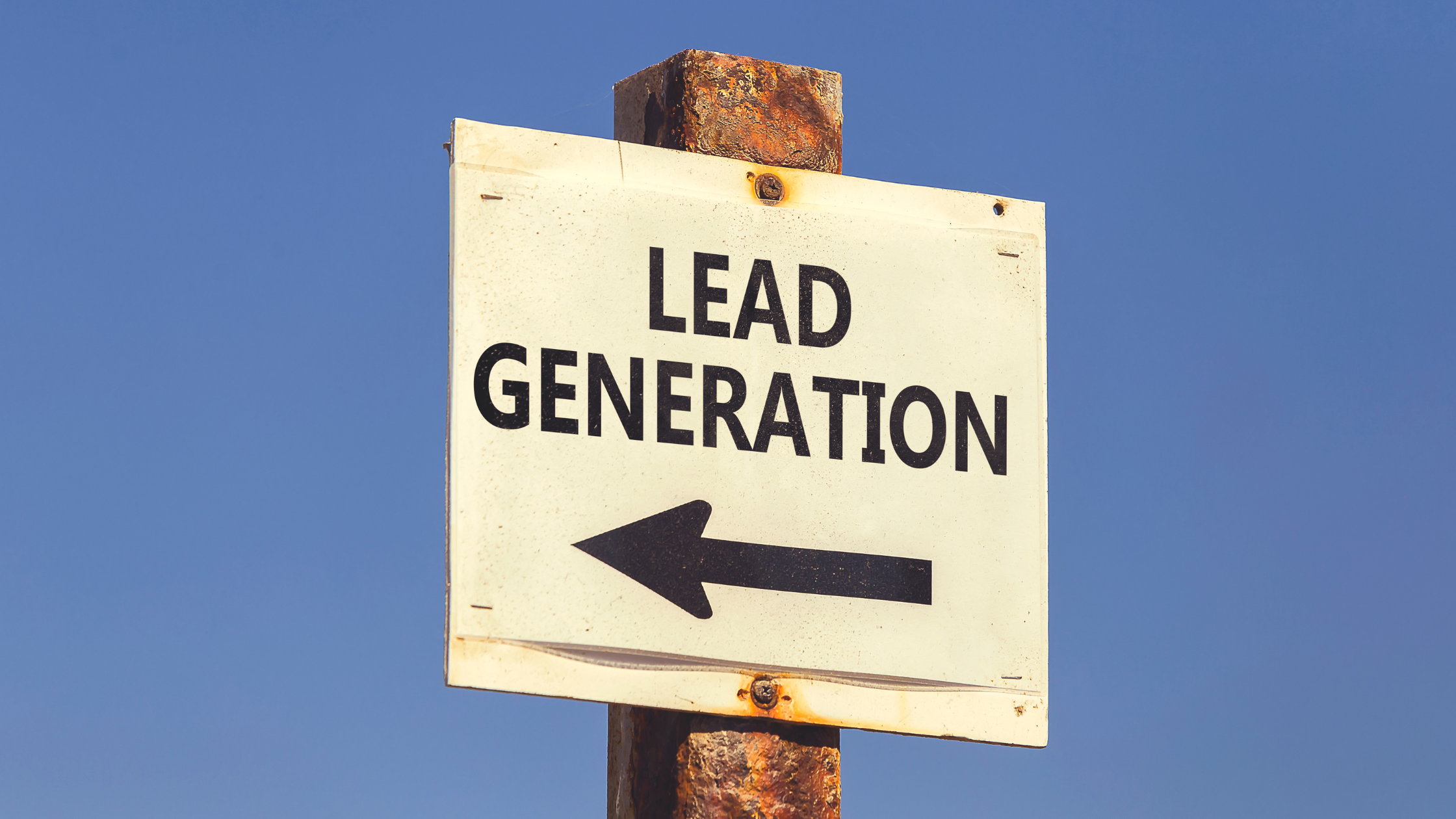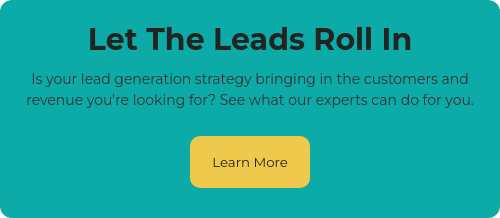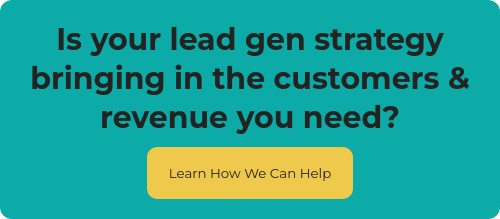Lead generation has been around just about as long as marketing itself. But these days, more and more, we’re hearing talk about “demand generation.” Is it just a buzzword? A fad? A flash in the marketing pan?
Not quite. Demand generation is similar to lead generation, and the two share many of the same goals. However, demand generation has a different scope and typically uses different tactics to achieve those goals.
If you’re considering demand generation vs. lead generation and wondering which of the two you need, the answer — most of the time — is both. If you aren’t sure, let’s explore the differences between lead gen and demand gen, along with the similarities and how using both can help you reach your marketing goals.
What Is Demand Generation?
Demand generation has more to do with brand awareness, and the work happens mostly near the top of the sales funnel. In many ways, it’s a precursor to building your lead generation plan because before you get individual leads in the funnel, you have to first raise awareness, pique interest, and increase demand.
For a lot of marketers and agencies, demand generation fits under a larger lead gen umbrella. This is technically correct, but it’s often more nuanced than that. To get leads, you first need demand. No one is going to be clamoring for a brand they’ve never heard of and have no idea what it can do.
What Is Lead Generation?
To use fishing as an analogy, demand gen would be considered your bait. Having a good lure will draw in the biggest and best fish. Then, it’s up to lead gen to get them on the hook and reel them in.
Lead generation can span the entire sales funnel, but if we’re talking about demand vs. lead generation, lead gen often enters the picture in the lower two-thirds of the funnel — namely, the MOFU and BOFU stages.
While demand generation is more about the buzz — those thrilling and electric moments, like the start of a new relationship — lead generation takes it slow and steady, focusing more on nurturing customer conversion and loyalty.
So what’s the main difference between the two?
Main Difference Between Demand Generation vs. Lead Generation
It really all depends on how you look at it. Lead generation can be seen as end-to-end funnel optimization designed to push potential buyers through to conversion. In that case, demand generation would be a part of that process that’s focused on the top of the funnel. But if you view them as two separate marketing initiatives, the key differentiator is when they occur in the buyer’s journey.
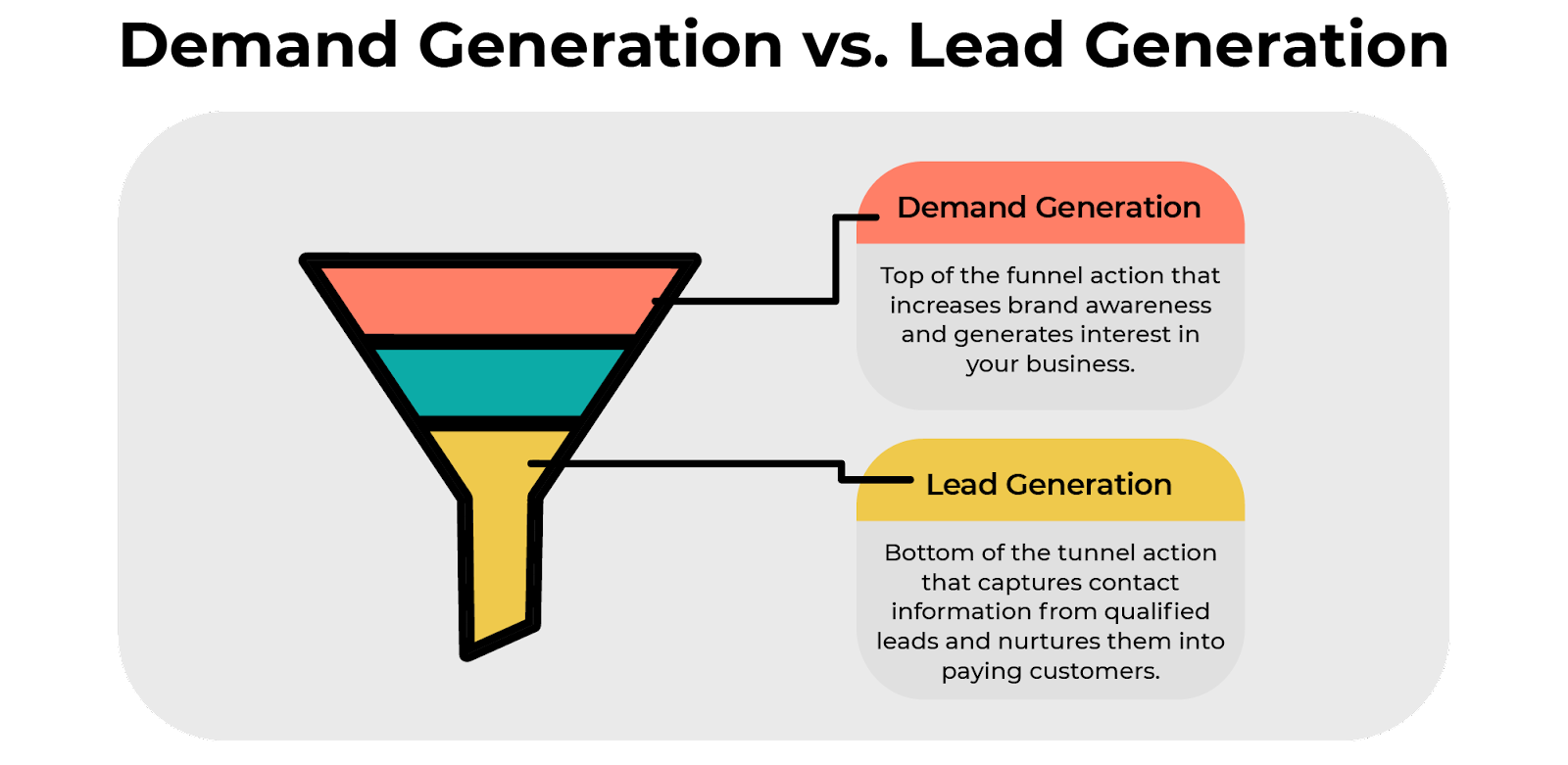
Demand generation is top of the funnel activity
Demand generation is all about awareness. It’s focused on getting people talking and making sure your brand is at the center of the buzz. Most often, demand gen aims for growth — with the goal being to get your brand seen enough to put more leads into your funnel.
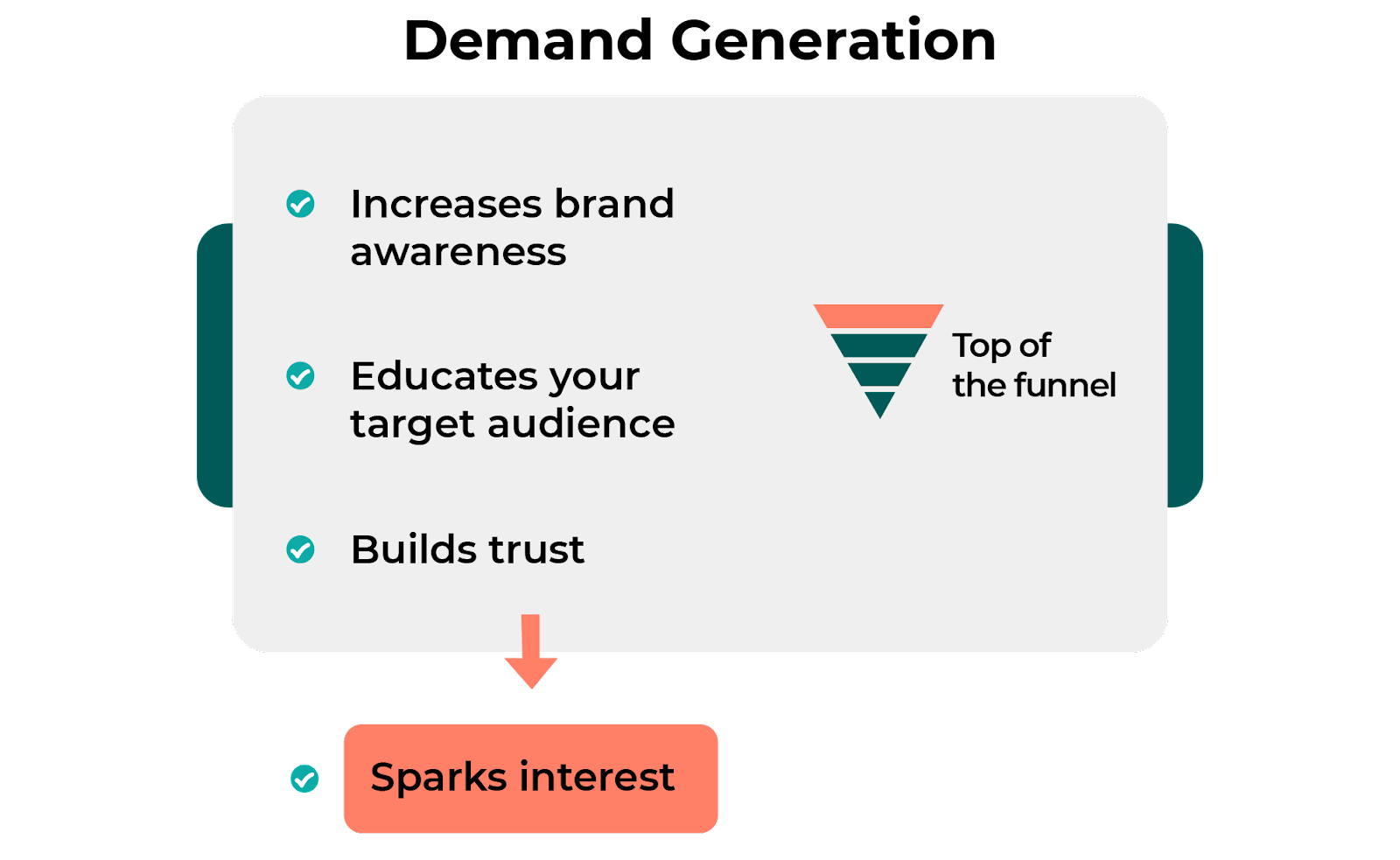
Lead generation is bottom of the funnel activity
While demand generation piques the interest of your audience, lead gen focuses on moving leads down through the funnel and turning them into conversions. In this way, lead gen is much more focused on the end result, but it’s important to keep in mind that without demand gen, those results wouldn’t be possible.
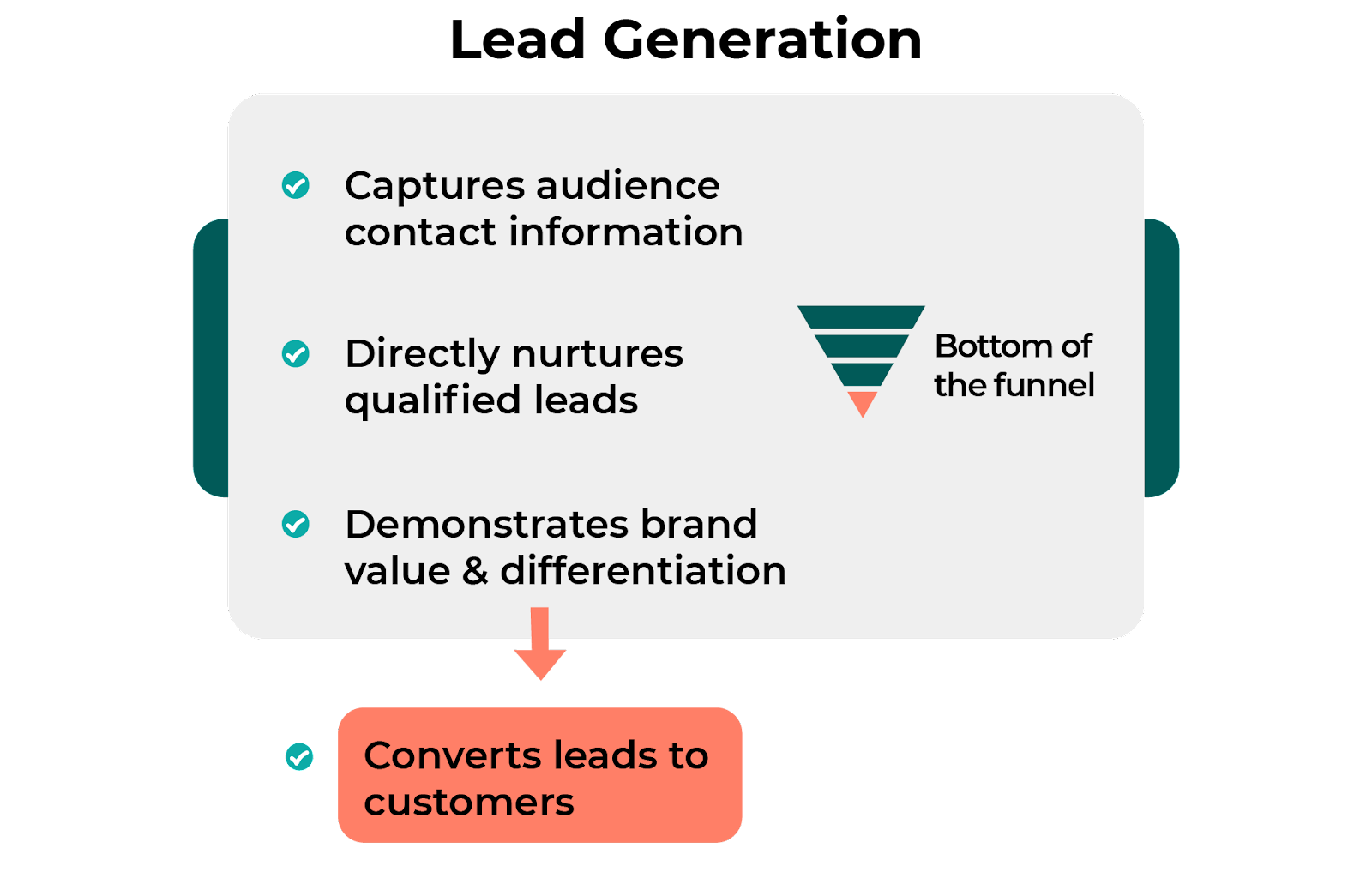
Demand Generation Examples
Still unsure about the exact differences between demand generation and lead generation? We’ve got some examples that might help you out:
Thought leadership
Thought leadership is a type of content that positions your brand as an authority and builds trust with your audience. It’s great for raising brand awareness because your brand is seen as an expert, reliable voice in your industry.
When creating thought leadership content for demand generation, there are a few considerations. Your content should have a strong position that’s outside the “norm.” It should provide knowledge and insight the audience can’t get elsewhere. And finally, it should be distributed in places that are easy to access (so, this should be mainly ungated, TOFU content).
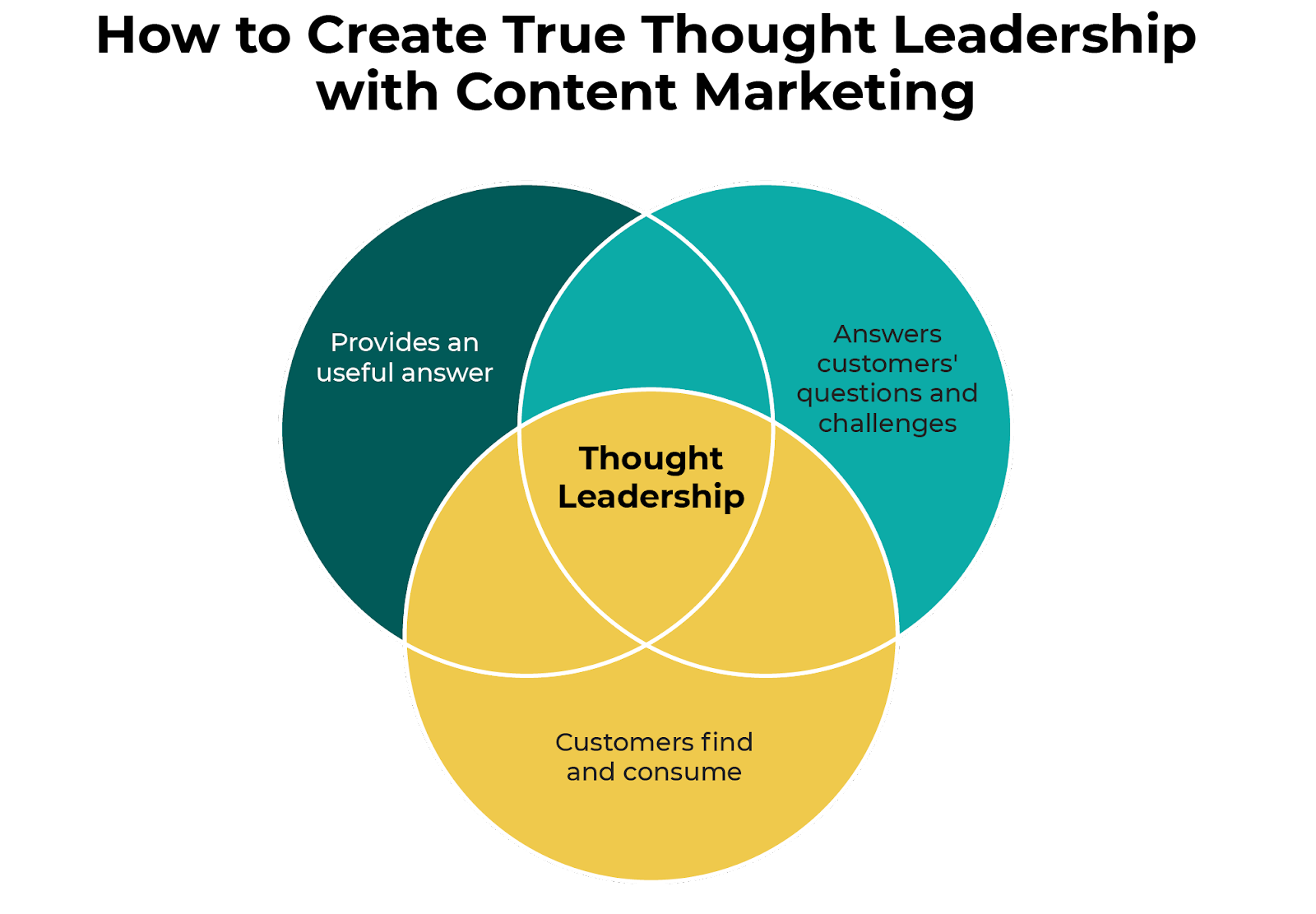
Thought leadership content is a great tool to have in your demand gen arsenal. It’s often evergreen, so it’s not bound by a certain timeline, and it can be repurposed into various formats and pushed out across several different channels.
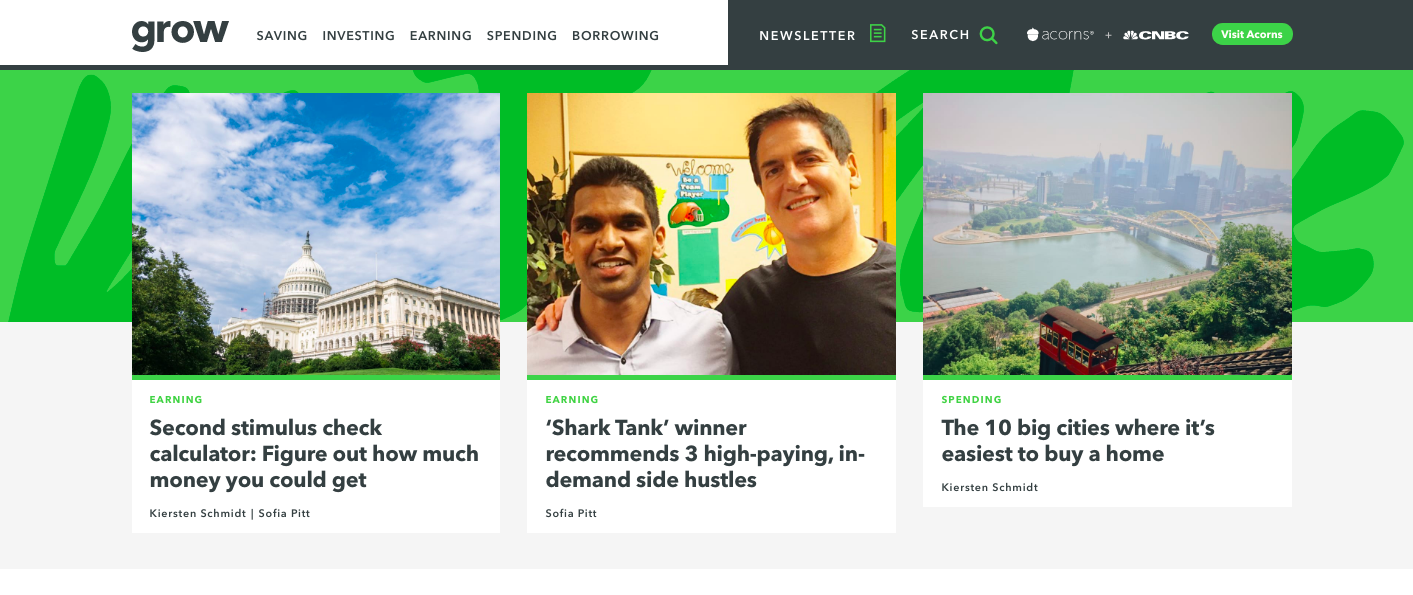 Thought leadership example
Thought leadership example
Social media
Social media is a powerful tool for demand generation, no matter which platform you choose. We often think of social as being more relevant for B2C brands, but it’s just as robust when put to use for B2B brands, especially for demand generation.
LinkedIn is nearly always the best choice for B2B. And LinkedIn’s lead gen forms are one of the best resources for nurturing leads through your funnel. But if the goal is higher brand awareness and demand generation, you may want to opt for a paid or organic post with a strong offer.
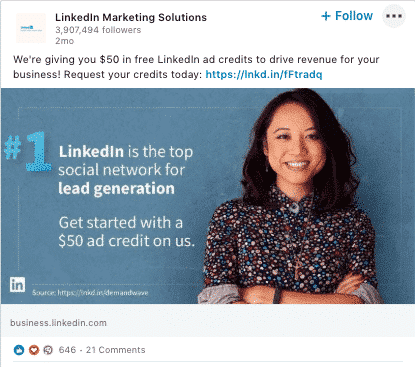
LinkedIn demand gen example
Brand awareness
Building brand awareness is the cornerstone of demand generation. Before they ever become leads, your audience must know who you are, what you do, and maybe even more importantly — what you stand for.
Most consumers want to support brands that share their values and earn their trust. Once they know your brand is reliable and stands by its word, the payoff is enormous.
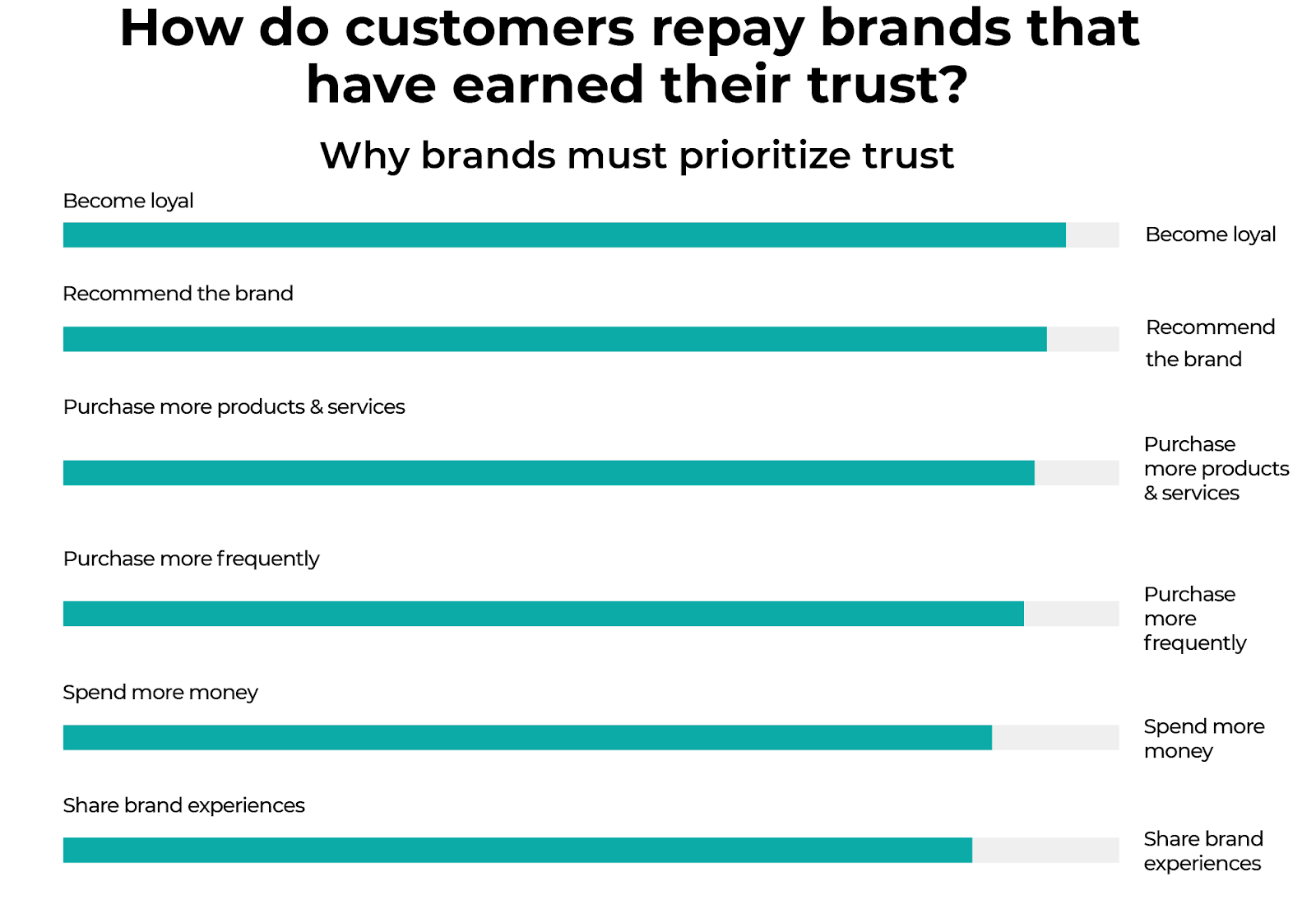
Once you’ve proven your brand’s trustworthiness, you can move leads further down the funnel until they become conversions. If they’ve had an overall positive experience with your brand, they will often return as a customer or refer others.
SEO-optimized content
Optimizing all your content for SEO is simply a marketing best practice. But when it comes to demand gen, it’s also a highly effective way to raise brand awareness and get interest from prospective leads.
When you optimize your content with your selected priority keywords, it’s likely to rank better in SERPs (search engine results pages), and that means it’s more likely to get seen and get clicks. All that traffic from SEO will improve awareness and create higher demand.
But how do you optimize your content for SEO?
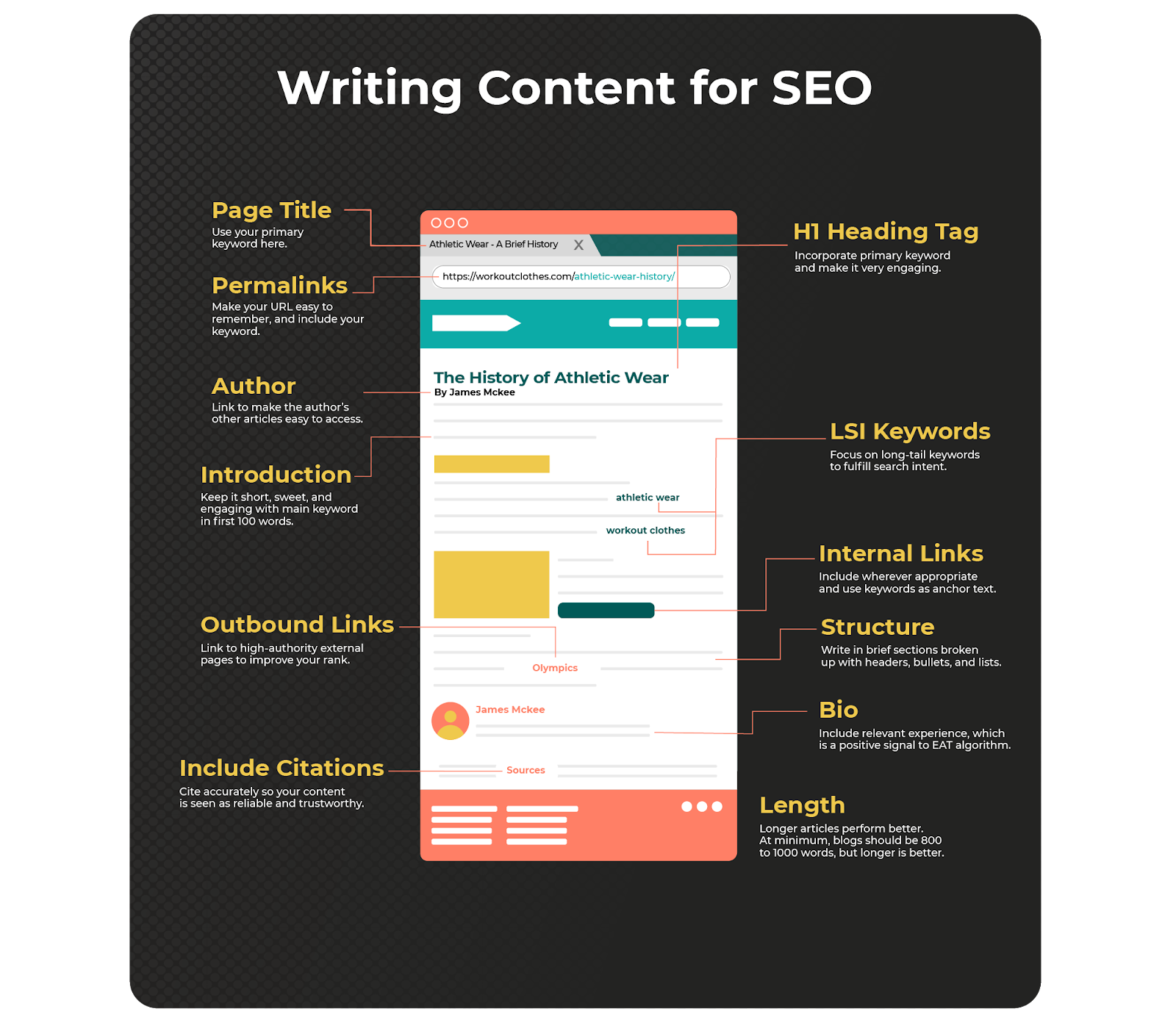
Guest posts
Guest posts are those written by a thought leader at your brand for a high-authority external site. You’ll want your guest posts to appear on reputable industry websites in order to improve brand awareness with your target audience.
Guest posts are great for demand generation, but they come with another big benefit — they help you build your backlink profile and can also help improve your SERP rank.
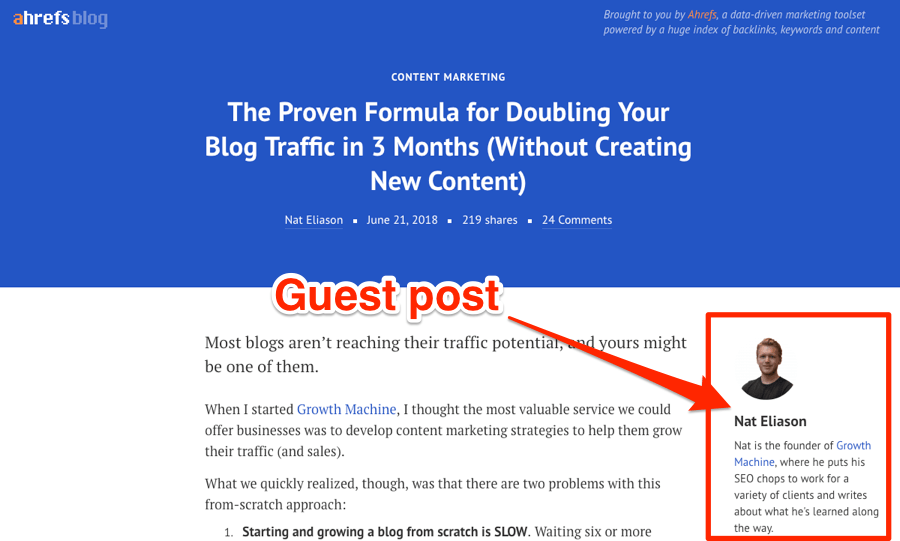
Free resources and tools
One of the core tenets of inbound and organic marketing is that you give away your best stuff for free. While it sounds counterintuitive, it’s actually highly effective, especially when it comes to demand generation. Not only does it raise brand awareness, but free tools can position you as an industry leader, build trust and create strong relationships as leads enter the funnel.
For example, HotJar created this free heatmap that allows marketers to see what actions visitors took on a particular website. It’s a highly valuable, highly useful tool, and it’s a great first exposure to the brand.
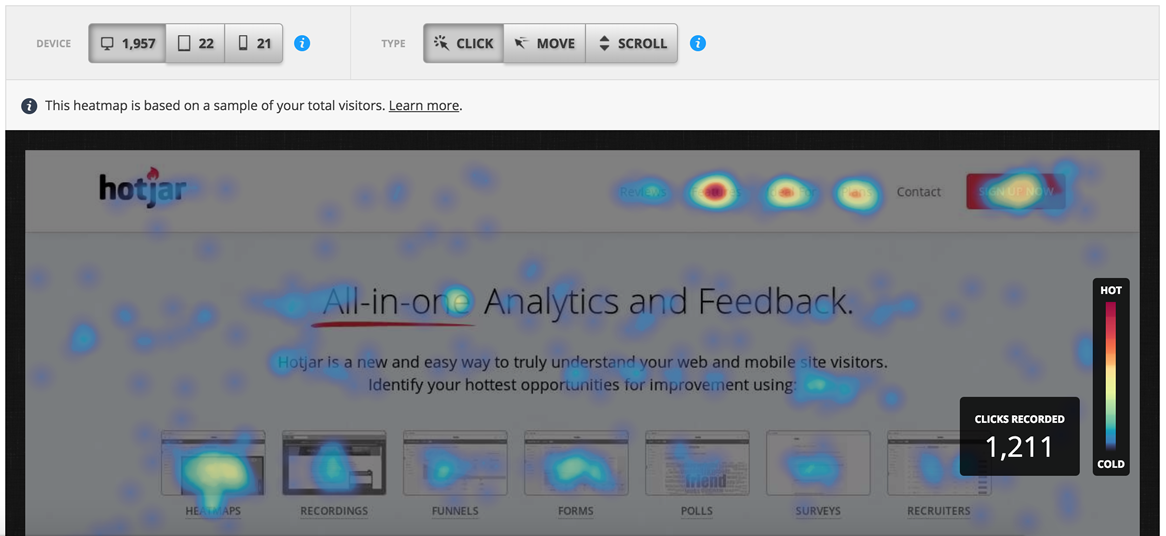
Mapping personas to customer journey
To get a better understanding of where your ideal buyer is in the funnel and on the buyer’s journey, create a map for each persona.
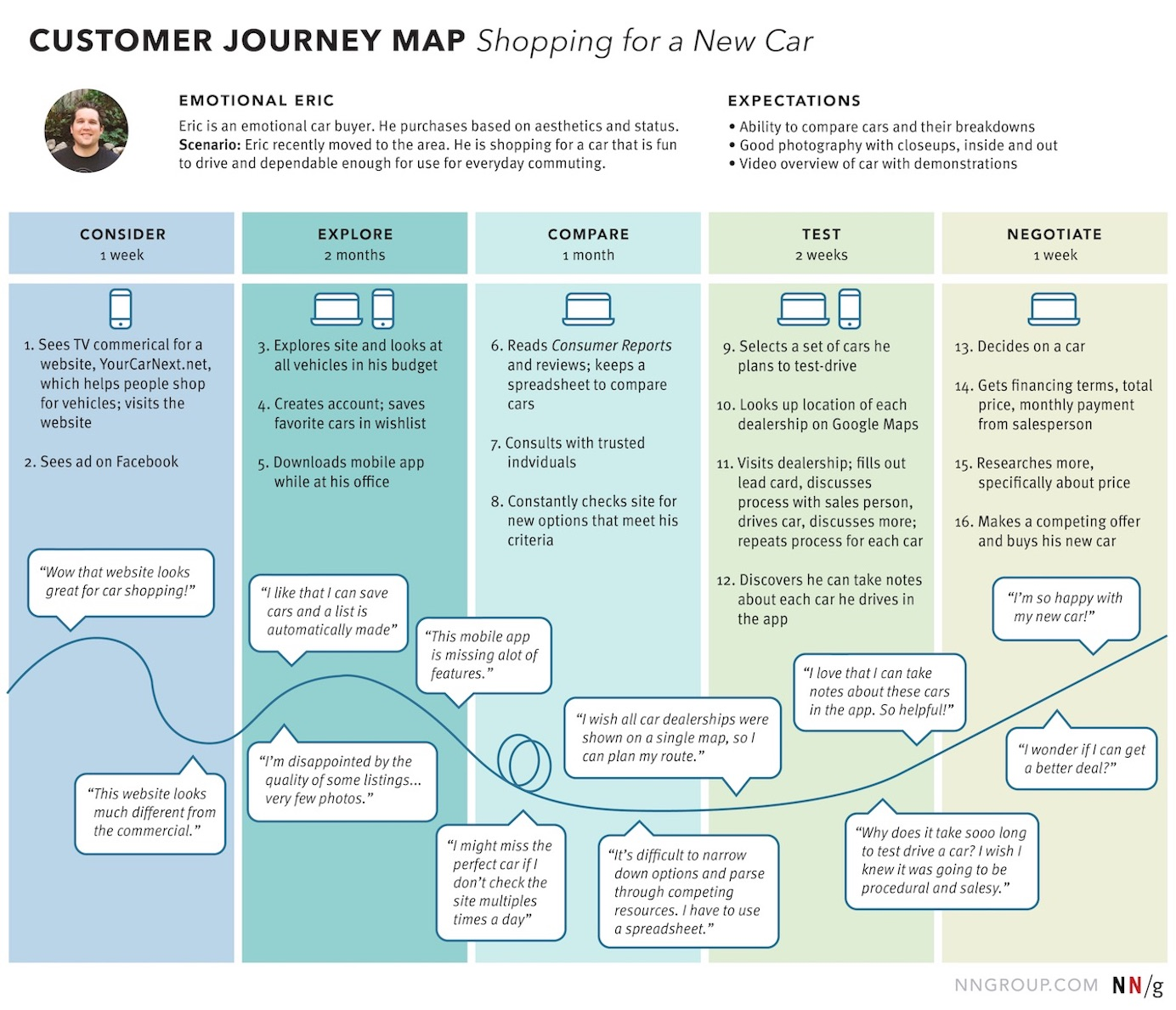
This will help you understand not only the buyer persona you want to target but where they enter the funnel and what they will ultimately need to move through it toward conversion. This helps you create demand, but it also helps for a smoother, more seamless transition to overall lead gen and nurturing.
Lead scoring
Most of the time, demand gen leads start off pretty cold and then warm up as they move through the funnel (toward lead nurturing). But you’ll still want to know exactly where your leads fall on that spectrum, and lead scoring is one way to do it.
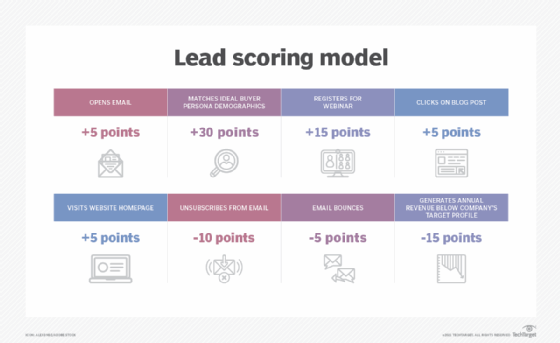
By detailing your lead scoring model, you can assign values based on the actions of potential leads, and then rank them as Information Qualified Leads (IQLs), Marketing Qualified Leads (MQLs), and Sales Qualified Leads (SQLs). Most often, demand gen leads will be IQLs who have only taken two qualifying actions.
Lead Generation Examples
Now that we’ve taken a look at some examples of TOFU demand generation tactics, let’s move further down the funnel and look at MOFU and BOFU lead generation examples.
Paid ads
Paid advertising is an incredibly effective way to get leads in your funnel and move them through with a strong offer. Because most paid ads focus on conversion, this falls more on the lead gen spectrum than demand gen. Some paid ads can be used for brand awareness (especially paid search), but for the most part, it’s a very effective tactic to get and nurture leads who are likely to turn into customers.
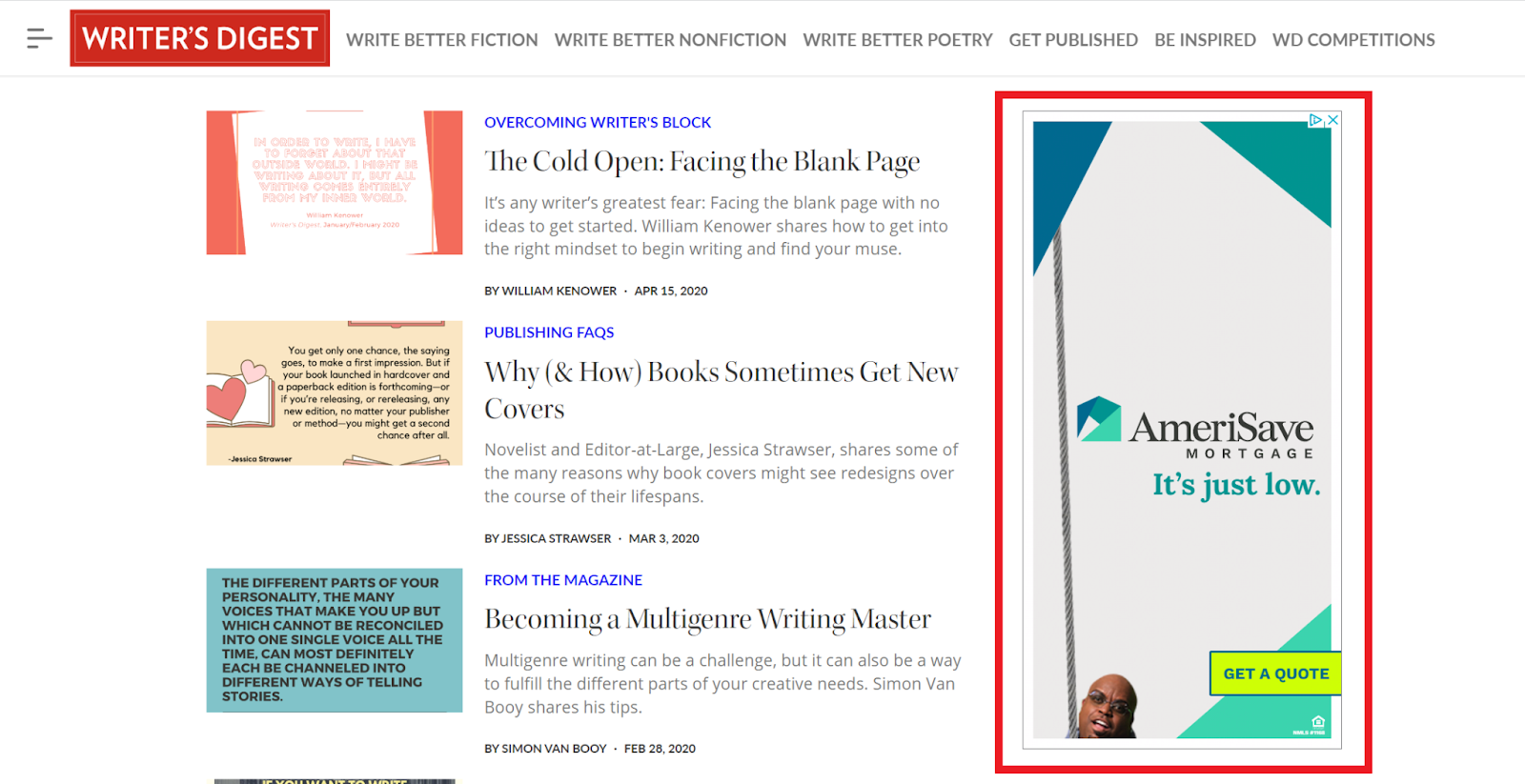
Gated content
Once you’ve raised awareness in the TOFU stage, you’re ready to move leads into the MOFU and BOFU stages. The best way to do that is to use gated content. Gated content is highly valuable and is offered to leads in exchange for their contact information.
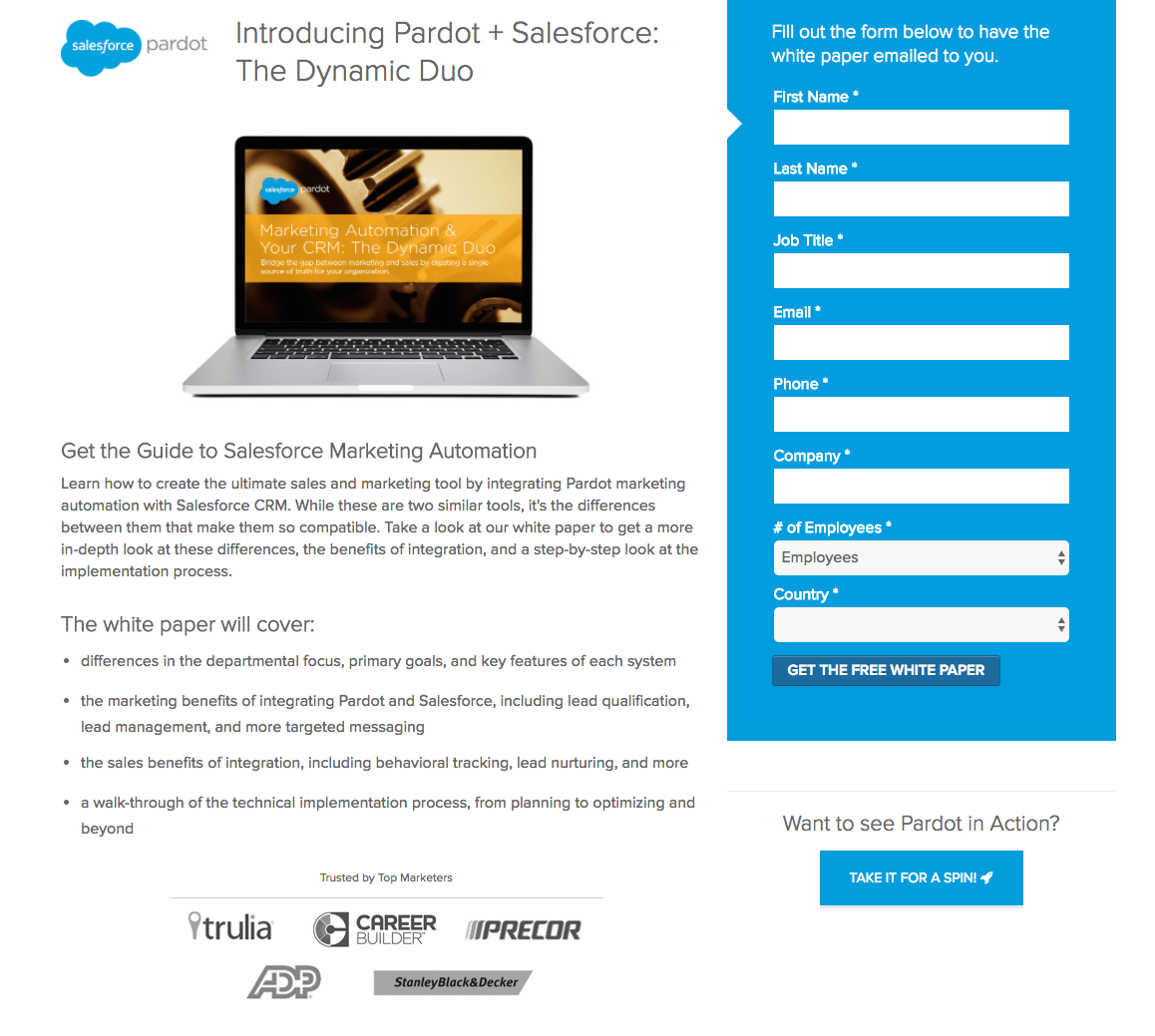
With gated content, you make the offer, the user fills in their information and receives a download link and a thank you page. Afterward, you can use their info to reach out with a nurturing campaign, send additional offers, and follow up once they’ve had a chance to read or use the content.
Live events
It’s a different world today than it was just a few years ago. Pre-2020, many brands — especially B2B brands with long sales cycles — could plan their success around live events. But B2B marketing — specifically, B2B lead gen — is changing. Today, clients want alternative options to in-person events, meetings, and conferences.
Events are still critical to B2B lead gen, but the key is to offer options to prospective leads, so they can participate in the way they’re most comfortable. Virtual events are a popular choice, as is video conferencing. Brands must be willing to pivot and remain flexible in order to meet the evolving needs of prospective customers.
Whitepapers
Whitepapers are typically shorter than ebooks but longer than one-sheeters. They often contain primary and third-party research and show a great deal of thought leadership. They’re used most often by B2B brands and appeal to the B2B audience, which values knowledge and learning.
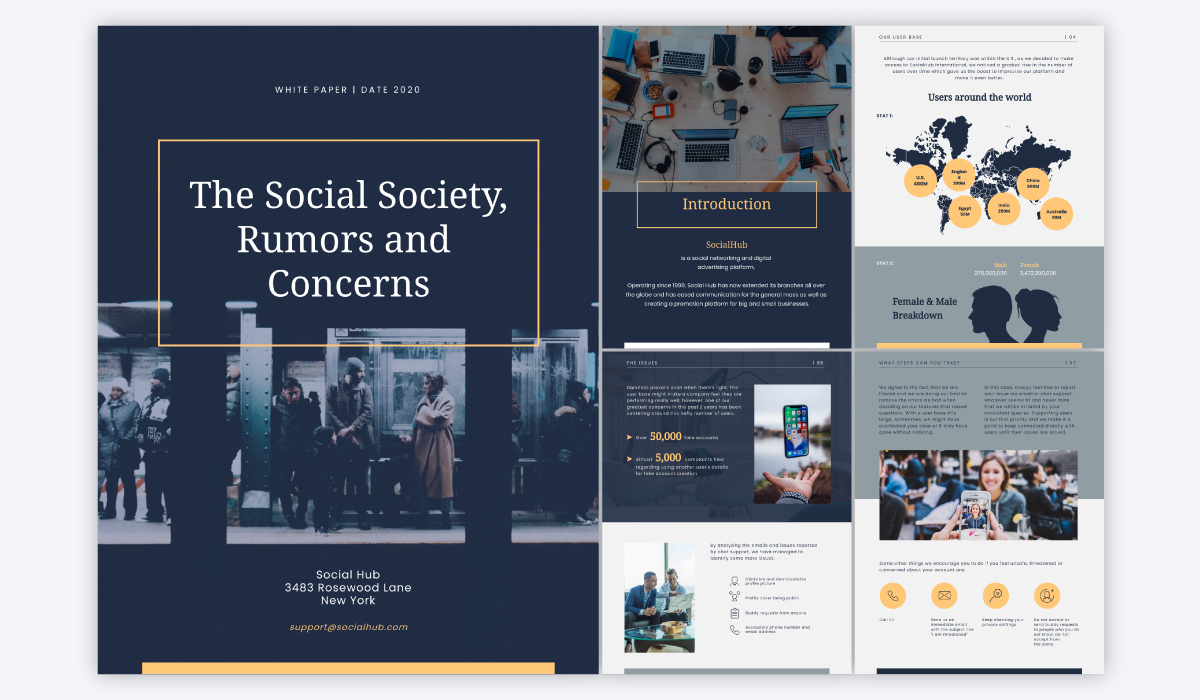
Whitepapers are nearly always gated content. As a lead magnet, they are highly effective because they target mainly decision-makers and B2B leaders. Like case studies, they can also be used when a prospective customer wants or needs to get buy-in from the higher-ups.
Freemium trials
Freemiums work well for both B2C and B2B brands. You have a couple options with a freemium: It can be time-based (so, for instance, a limited time trial of your product), or it can be a forever free subscription level (as seen below).
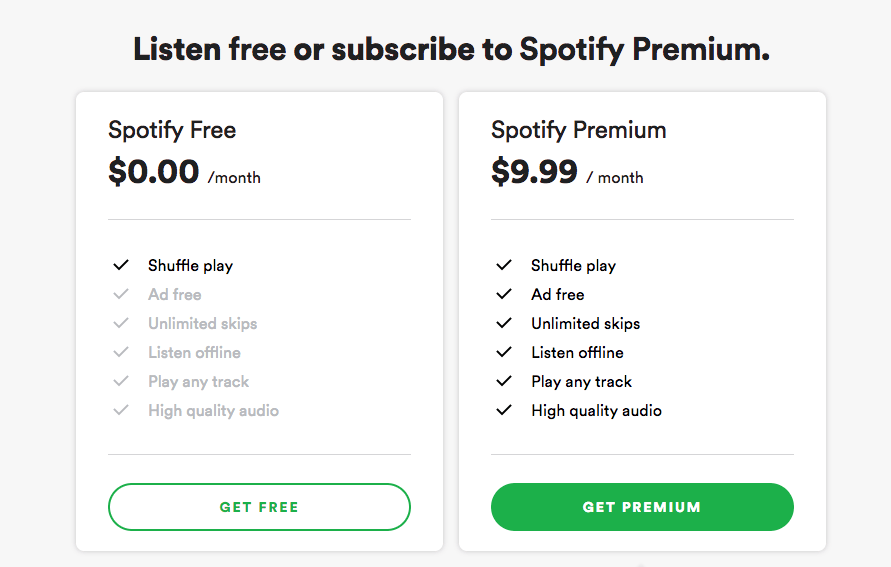
A couple things to keep in mind: If you opt for forever free, you want to make sure you’re reminding leads of the extra benefits they’ll get if they upgrade. If you take a time-based approach, it will need to be long enough to provide value. Also, you’ll get more leads if you do a no-credit-card-required signup.
Research reports
Research reports are usually similar to whitepapers. The difference is that you want these reports to feature first-party, original research. This is another great lead gen tactic for B2B audiences, as they thrive on data and hard numbers.
There are numerous ways to conduct your own primary research. One of the easiest is by sending surveys or polls to existing customers, but you can also conduct focus groups or in-depth interviews with consumers or members of your buyer persona.
Webinars
Webinars are also very tempting to B2B consumers looking to learn something. As a bonus, they are highly engaging and can nurture your leads further down the funnel.
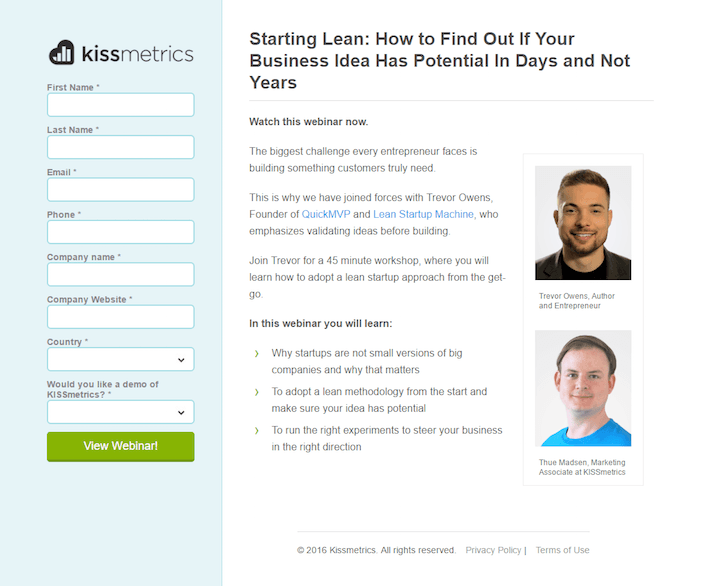
Most of the time, you’ll want your webinars to be gated, so you can collect info from attendees. You can then follow up with a nurture campaign by sending them a recording of the webinar or time-sensitive discounts and deals.
Email marketing
Email marketing is highly effective for lead generation because once you’ve acquired a lead’s email address, you have an invaluable way to connect with them directly. When you offer a piece of gated content, you collect their email address. Once they download it, that should trigger an automated welcome email. And that’s where the magic happens.
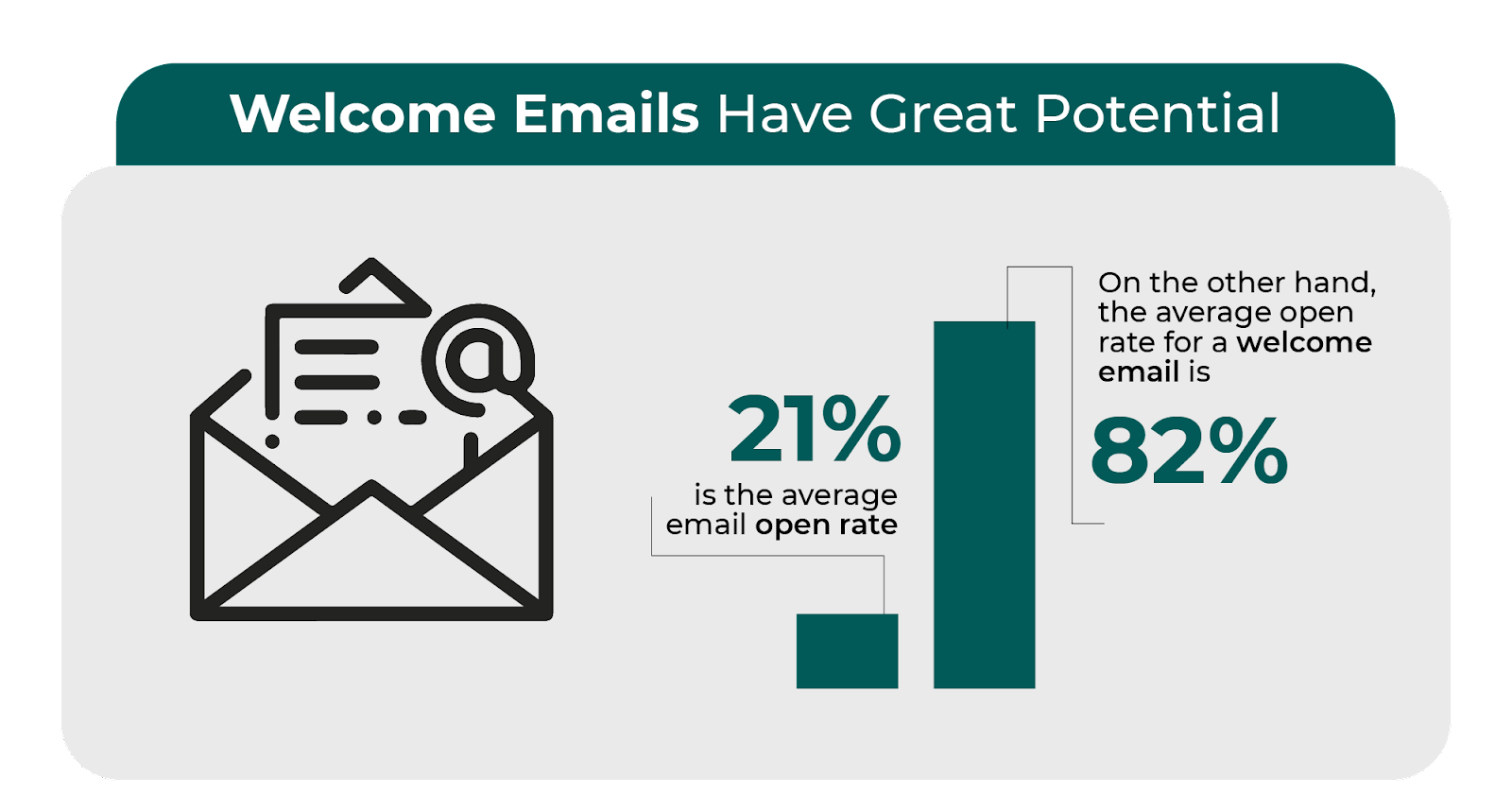
Email is critical for nurturing leads and moving them deeper into the funnel toward conversion.
Remarketing/retargeting
Retargeting (often used interchangeably with remarketing) is a form of paid advertising that targets leads who’ve already shown an interest in your brand. Often, these are leads who have visited your website, but they can also be those who’ve clicked on a previous ad or started the process to download a lead magnet but abandoned the page before submitting.

In these cases, retargeting is very effective because these leads are already pretty warm and more qualified than TOFU leads.
The ROI of Demand Generation vs. Lead Generation
Demand generation will never have the same ROI as lead generation because it typically doesn’t impact sales directly. Because lead generation happens much closer in the funnel to conversion, it’s far easier to attribute sales to lead gen strategies and tactics. However, without the work of demand generation to get prospective leads into the funnel, lead generation would never be able to make those conversions.
Ideally, for the best overall ROI, you want to use a combination of demand gen and lead gen. That way, you can ensure you’re getting more brand awareness and more leads in your funnel. At the same time, you’ll have a greater opportunity to nurture them through the lower stages and toward conversion.
Be sure you’re tracking the right metrics for both demand and lead gen. For demand gen, you’ll want to keep an eye on traffic, social shares, and cost per impression for paid ads. On the lead gen side, you can look at cost per acquisition, conversion rate, time to purchase, and total number of MQLs and SQLs.
Combine Demand Gen and Lead Gen for Higher Conversion
When it comes to results, demand gen and lead gen are really a match made in heaven. Though they sound similar, they are not the same — but they do complement each other and support the same goals (growth, conversion, revenue).
If it feels overwhelming to take on both demand gen and lead gen for your brand, it might be time to consider outsourcing to a trusted agency partner. At FPS, we have experts with years of experience in both demand gen and lead gen, and they have a robust and supportive team that includes content marketing, SEO, and much more.
